Psalms 6 Artwork
"O LORD, rebuke me not in thine anger, neither chasten me in thy hot displeasure." - Psalms 6:1
Explore Psalms 6 through paintings, pictures, drawings, digital art, illustrations, wallpapers, photos, prints & more.
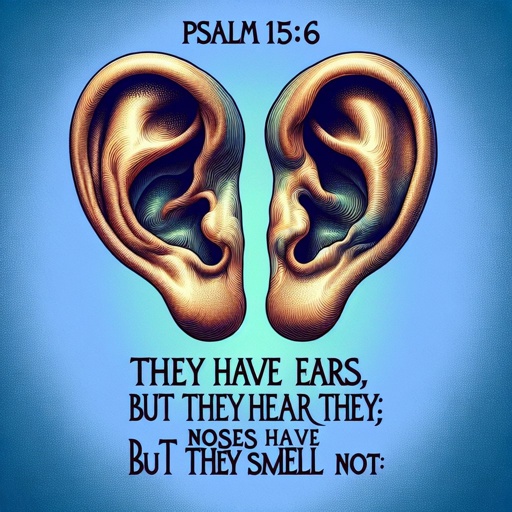
Psalms 115:6 - "They have ears, but they hear not: noses have they, but they smell not:"
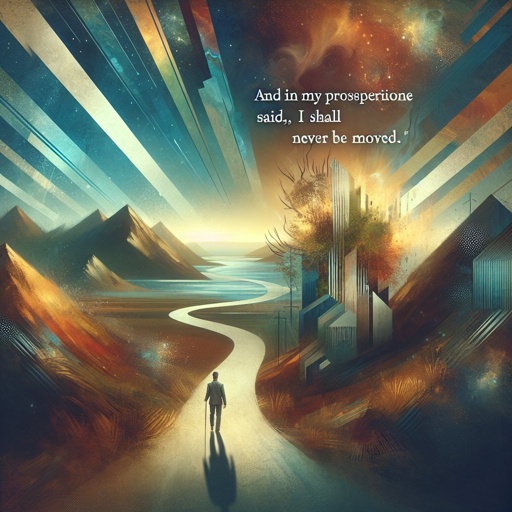
Psalms 30:6 - "And in my prosperity I said, I shall never be moved."

Psalms 6:9 - "The LORD hath heard my supplication; the LORD will receive my prayer."

Psalms 74:6 - "But now they break down the carved work thereof at once with axes and hammers."

Psalms 129:6 - "Let them be as the grass upon the housetops, which withereth afore it groweth up:"

Psalms 144:6 - "Cast forth lightning, and scatter them: shoot out thine arrows, and destroy them."

Psalms 114:6 - "Ye mountains, that ye skipped like rams; and ye little hills, like lambs?"
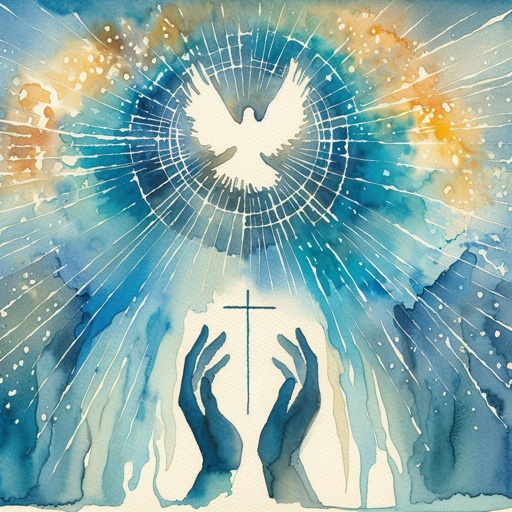
Psalms 145

Psalms 80:6 - "Thou makest us a strife unto our neighbours: and our enemies laugh among themselves."
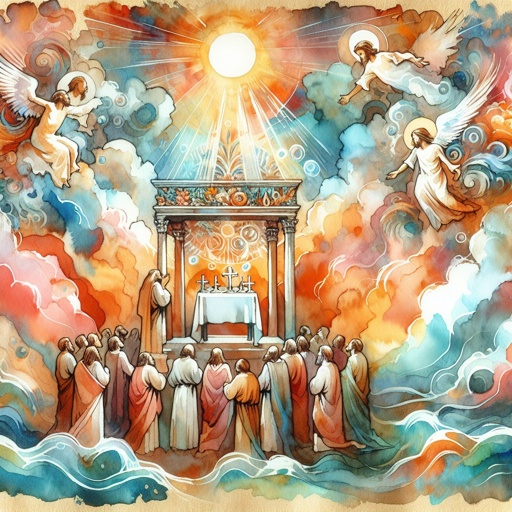
Psalms 145

Psalms 118:6 - "The LORD is on my side; I will not fear: what can man do unto me?"
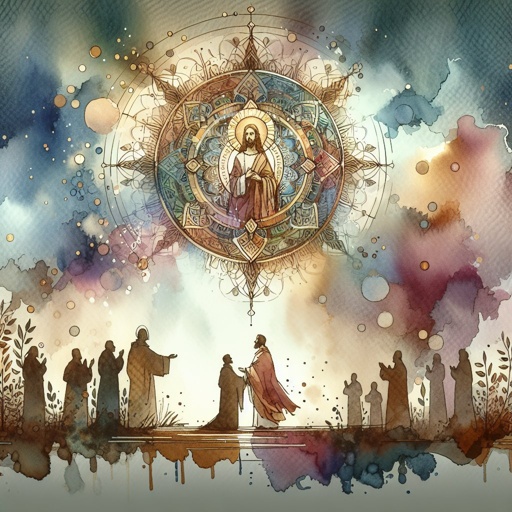
Psalms 145

Psalms 130:6 - "My soul waiteth for the Lord more than they that watch for the morning: I say, more than they that watch for the morning."
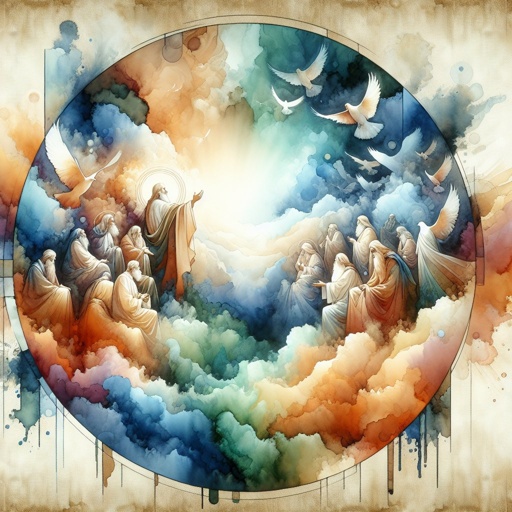
Psalms 145

Psalms 19:6 - "His going forth is from the end of the heaven, and his circuit unto the ends of it: and there is nothing hid from the heat thereof."

Psalms 107:9

Psalms 145

Psalms 98:5 - "Sing unto the LORD with the harp; with the harp, and the voice of a psalm."

Psalms 6:4 - "Return, O LORD, deliver my soul: oh save me for thy mercies' sake."

Psalms 83:6 - "The tabernacles of Edom, and the Ishmaelites; of Moab, and the Hagarenes;"

Psalms 94:6 - "They slay the widow and the stranger, and murder the fatherless."

Psalms 6:1 - "O LORD, rebuke me not in thine anger, neither chasten me in thy hot displeasure."

Psalms 81:2 - "Take a psalm, and bring hither the timbrel, the pleasant harp with the psaltery."

Psalms 6:5 - "For in death there is no remembrance of thee: in the grave who shall give thee thanks?"

Psalms 49:6 - "They that trust in their wealth, and boast themselves in the multitude of their riches;"

Psalms 103:6 - "The LORD executeth righteousness and judgment for all that are oppressed."

Psalms 6:9 - "The LORD hath heard my supplication; the LORD will receive my prayer."

Psalms 6:9 - "The LORD hath heard my supplication; the LORD will receive my prayer."

Psalms 6:3 - "My soul is also sore vexed: but thou, O LORD, how long?"

Psalms 92:6 - "A brutish man knoweth not; neither doth a fool understand this."